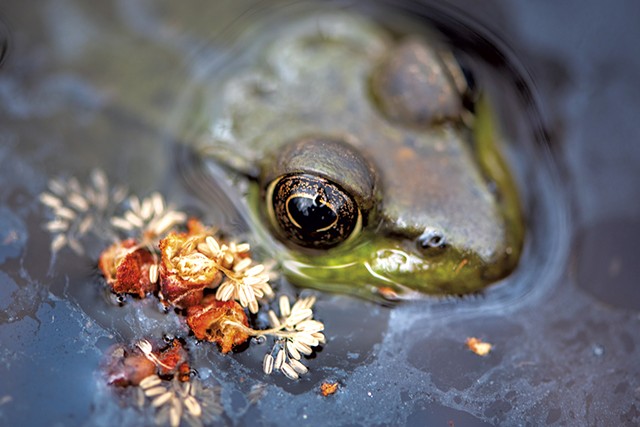
- Courtesy Of Joshua Brown
- A leopard frog at Derway Island in Burlington
Vera Szumowski isn't afraid of snakes. On a sunny April day, she found a nest of the harmless garter variety seeking warmth by the old well at Burlington's Ethan Allen Homestead. The 6-year-old, who was visiting the park with her mom, held a writhing black serpent in each hand as if she had been doing it her whole life.
Children are often drawn to critters and plants, according to Zoe Richard, who cofounded and now leads Burlington Wildways, which links the urban park with a larger system of nature trails and open spaces around the Queen City. Adults may lose that interest, but those who manage to maintain their direct connections to the natural world reap many benefits, Richards said. Studies show that observing nature doesn't just improve individual health and well-being — it also helps the planet.

- Rachel Mullis
- Zoe Richards
Enter the fourth annual Greater Burlington Area City Nature Celebration, where local citizen scientists of all levels — from kids like Szumowski to pros — can rediscover the magic of observing their natural surroundings. The free festivities are coordinated by Burlington Wildways, a partnership of Burlington Parks, Recreation & Waterfront; Winooski Valley Park District; Rock Point; and the Intervale Center that aims to protect the city's wild spaces.
Running now through Monday, April 29, this year's celebration features a nature storytelling night at Railyard Apothecary, guided nature walks, speeches by local nature experts, and a full roster of hands-on activities and foraged-food tastings at the Intervale Center. (Where else can you try Japanese knotweed ice cream?)
But the festival's centerpiece is the Greater Burlington Area City Nature Challenge bioblitz — a community biological census. Participants will scour the Queen City for flora and fauna, catalog it with their phone cameras, and upload their findings to the iNaturalist app. Their observations will fuel scientific research on animal and plant behaviors that are shifting rapidly in reaction to climate change and habitat loss.
The original City Nature Challenge, conceived of in 2016 as a friendly competition between science museums in San Francisco and Los Angeles, has grown to include more than 700 cities worldwide. Burlington joined in 2021, incorporating additional programming for those who aren't inclined or able to participate in the challenge format.

- Courtesy Of Joshua Brown
- Eastern painted turtle
The Burlington-area bioblitz has grown dramatically since. In 2022, participants recorded more than 3,000 total observations and identified 570 individual species. Last year, total observations more than doubled, and citizen scientists identified nearly 1,000 species — far more than local scientists could capture on their own.
"It's this crowdsourced way of getting all this biological data that used to be just grueling," Richards said. "Especially insects — insects are incredibly unknown."
Bioblitzes such as the City Nature Challenge help inform nature-based solutions to climate change and biodiversity loss. Those solutions include everything from environmental justice initiatives to habitat restoration to policy reform, said Amy Seidl, a senior lecturer and codirector of the environmental studies program at the University of Vermont's Rubenstein School of Environment and Natural Resources and a past City Nature Challenge keynote speaker.
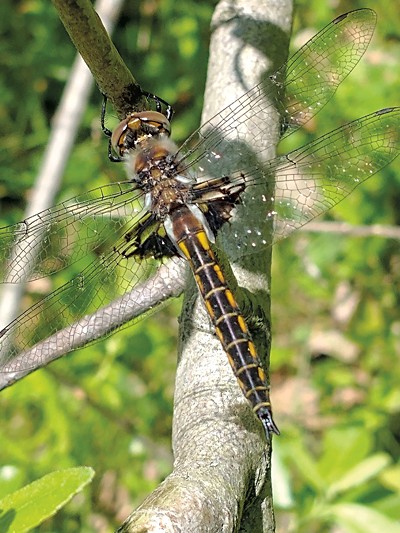
- Courtesy Of Tom Norton
- Common baskettail
"There's some really good evidence that ... being involved in community science actually predisposes people to sustainability behavior," Seidl said.
As an example, she pointed to a bill passed in March by the Vermont House of Representatives to ban neonicotinoids, a class of synthetic pesticides that is wreaking havoc on honeybees and native bee species.
"To have a group of people get together and look for native bees in the Intervale and in urban environments is a really important agenda to further support [that] legislative work," she said. "People start to develop this affinity and relationship to the pollinators they're seeing."
The bioblitz is open to anyone with a smartphone, and observations can be recorded in seconds. Just download the iNaturalist app and snap pictures of whatever captures your interest, be it beetle, wildflower or animal track. You can take photos in the app or upload them, and the app will crowdsource identifications with a little help from expert naturalists and scientists. Participants can join the Greater Burlington Area City Nature Challenge iNaturalist project page, but they don't have to — Richards said any observations uploaded during the challenge period will be added to the project automatically.
One of the top iNaturalist observers in the area is Tom Norton, username "tsn," a self-described amateur botanist who has made more than half a million identifications worldwide. While he spends time on the platform year-round, he said he appreciates the City Nature Challenge as an opportunity to feel like part of a team.
Norton offered a tip for submitting a good observation: Take more than one picture so that you can document different aspects of the organism. A plant submission, for instance, could include shots of a plant's overall shape and its leaves, stem and flowers.

- Courtesy Of Joshua Brown
- Yellow-spotted salamander
Animals are trickier, obviously, because they move. For specimens such as birds and flying insects, Norton said to snap whatever you can. Regardless of the subject, it's generally worth submitting an observation, because you never know what you might find.
"There are actually a lot of interesting things that can be observed just walking up and down the street," he said. "Weeds that come up in cracks in the sidewalk can be interesting."
Last year, Norton found pineapple weed emerging from a sidewalk crack on North Avenue. The non-native plant is in the daisy family, and he enjoys how its foliage smells like its namesake fruit.
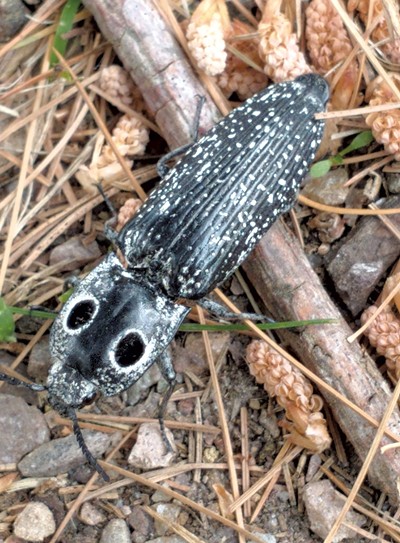
- Courtesy Of Tom Norton
- Eastern eyed click beetle
If you prefer to engage with nature without digital mediation, check out the list of guided walks offered all weekend. You can join experts to learn more about local birds, forest wildflowers, vernal pools and forest bathing. Or visit Spectacular Nature Day at the Intervale Center on Sunday, April 28, to plant fiddlehead ferns, study aquatic insects or sample foraged foods.
Richards thinks people might be surprised by the breadth and depth of nature Burlington has to offer. The city's location on a peninsula, between the rare sand habitat along Lake Champlain and the wetland complexes of the Winooski River's vast floodplain, delivers an endless array of natural mysteries and ecosystems to explore.
She also offered this fun fact: Burlington has the highest diversity of native bee species in the state, most likely due to its sandy soils, diversified organic crop production in the Intervale, and restrictions on the use of neonicotinoids in city-owned lands and parks.
"We have this idea that conservation in nature is outside of cities ... 'Oh, it's in the preserve somewhere, 30 miles away,'" Richards said. "The celebration is just our way of starting to allow folks to discover what we have right here."

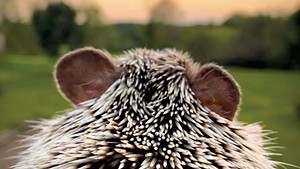
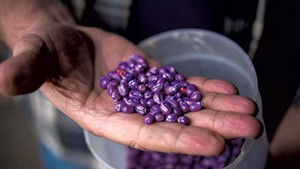









Comments
Comments are closed.
From 2014-2020, Seven Days allowed readers to comment on all stories posted on our website. While we've appreciated the suggestions and insights, right now Seven Days is prioritizing our core mission — producing high-quality, responsible local journalism — over moderating online debates between readers.
To criticize, correct or praise our reporting, please send us a letter to the editor or send us a tip. We’ll check it out and report the results.
Online comments may return when we have better tech tools for managing them. Thanks for reading.